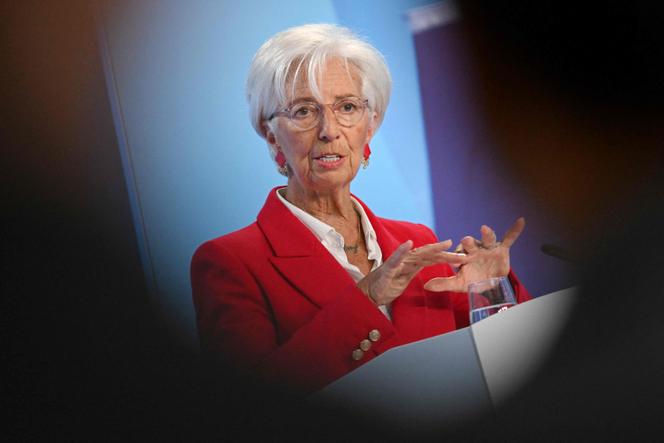


In central banker parlance, this was called declaring victory. "Most measures of underlying inflation suggest that inflation will settle at around our 2% medium-term target on a sustained basis," said Christine Lagarde, president of the European Central Bank (ECB), on Thursday, June 5. In the extremely cautious world of finance, it is rare to make such a statement with so little hedging.
Inflation, which had soared above 10% in the eurozone at the end of 2022, is now officially under control. In May, it stood at 1.9% over the previous 12 months. Even the persistent pressures in the services sector appeared to ease, with price increases there slowing from 4% in April to 3.2% in May. "Underlying inflation (...) is hardly moving," noted Lagarde.
Under these circumstances, the ECB announced its eighth interest rate cut in a year on Thursday, but signaled it is nearing the end of the cycle. As in previous moves, the reduction was a quarter point, bringing the rate to 2%. Since June 2024, the total cut has amounted to two points.
But what happens next? "We are getting to the end of a monetary policy cycle," Lagarde repeated several times during her press conference. Is this the final rate cut? She, of course, refused to say. Each decision will be assessed "meeting-by-meeting, [based on] data as they come in," as she always says. She knows she is hostage to unpredictable events. Talks about tariffs between the US and the European Union are ongoing, and no one knows how they will end. A financial crisis, especially one emanating from the US, cannot be ruled out; we are experiencing a "context of high uncertainty," summarized Lagarde.
You have 50.11% of this article left to read. The rest is for subscribers only.
